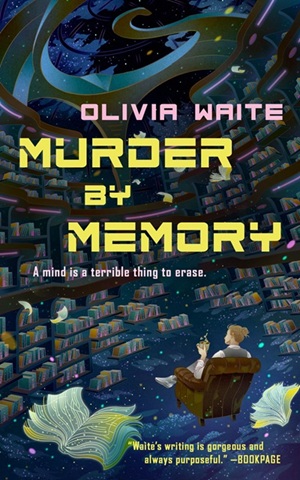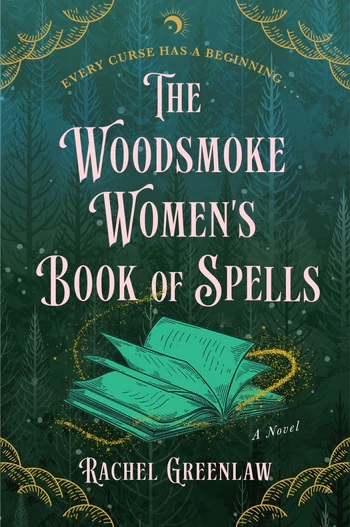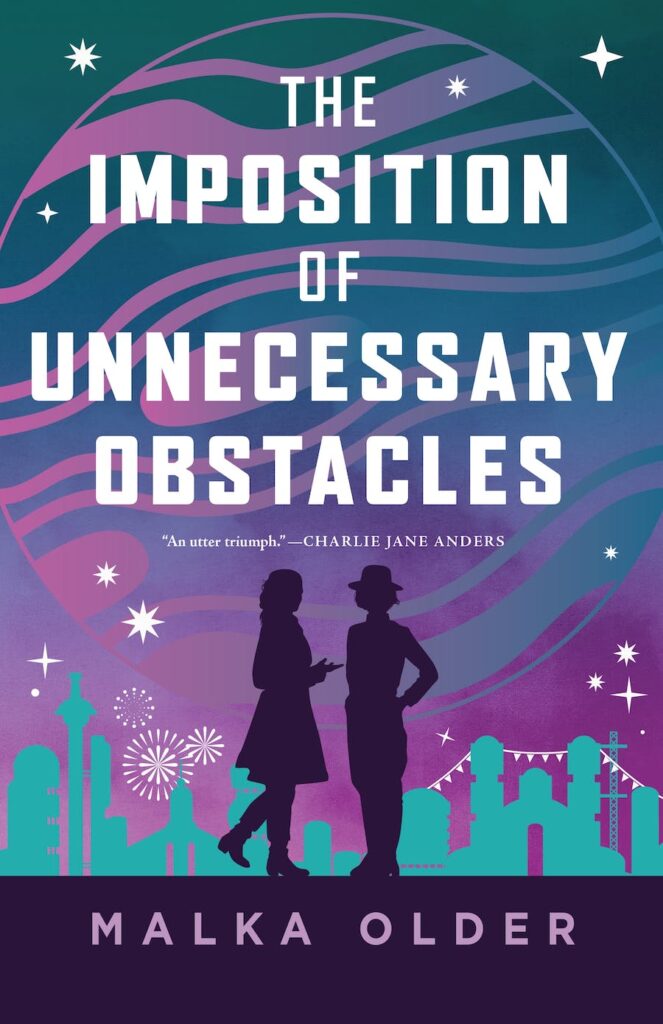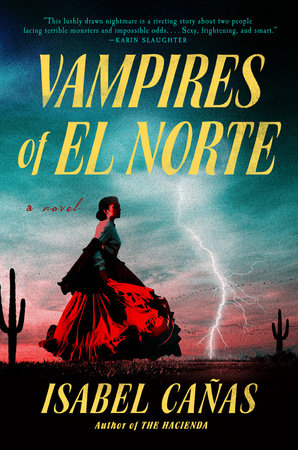Book Review: Murder by Memory, by Olivia Waite

The novella starts when Dorothy Gentleman wakes up and discovers she’s been uploaded off schedule and into the wrong body, and she finds out soon that someone else is dead. As one of the ship’s detectives, she shelves her personal feelings (that’s my little in-joke) and immediately starts investigating.
Book Review: The Woodsmoke Women’s Book of Spells by Rachel Greenlaw

It’s primarily a semi-supernatural romance, blended with mystery, home renovations, inheritances, and homecoming.
Book Review: The Cost of Power: Return, by Joyce Reynolds-Ward

Gabe and Ruby’s story is the heart of The Cost of Power: Return, by Joyce Reynolds-Ward. Their story in this iteration, looking at the oeuvre of the author, is to be one of a series of futures/worlds in a multiverse of stories revolving around the Martinieres in general and Gabe and Ruby as well.
Interview: Natania Barron, author of Netherford Hall

“It is *thrilling* to write. I love watching characters fall in love and question their own selves, and grow into something new. The best relationships can do that.”
Book Review: The Imposition of Unnecessary Obstacles, by Malka Older

If you loved Malka Older’s The Mimicking of Known Successes, you will almost certainly find pleasure in The Imposition of Unnecessary Obstacles too.
Book Review: Vampires of El Norte

I enjoyed reading Vampires of El Norte. The young lovers’ misunderstandings feel natural, not artificially belabored, and the problems they’re dealing with, of trying to negotiate societal and familial expectations and demands to find some degrees of choice, are depicted with understanding, compassion, and warmth. The monsters are scary, the action scenes are exciting, the love story is sweet, and I found the conclusion very satisfying.

